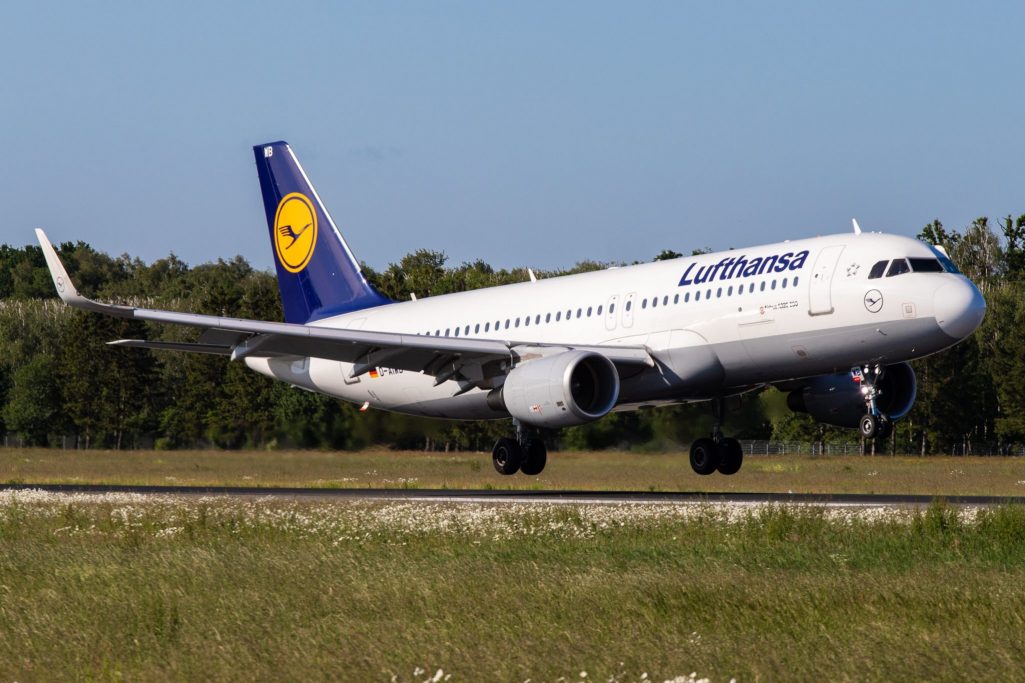Google's Soaring Ad Revenue Gets Little Help From Travel

Skift Take
Google's advertising revenue and profits skyrocketed during the fourth quarter — although travel industry spend didn't drive the results. As with other industries, travel advertisers will likely flock to YouTube for brand promotions when demand returns.
Despite challenges to the hard hit travel industry, Google's advertising business soared nonetheless in the fourth quarter because of strength in retail, tech media, and cloud services.
Google's advertising revenue, which pre-pandemic in 2017 generated about a 12 percent chunk from travel, according to Skift Research, grew 21.7 percent to $46.2 billion in the fourth quarter compared with the same period a year earlier. Parent company Alphabet's operating margin was 28 percent.
Philipp Schindler, Alphabet's chief business officer, said during the company's fourth quarter and full-year 2020 earnings call Tuesday that Google's advertising base, particularly among small businesses, expanded in the quarter. He pointed to Google's efforts to help small business

